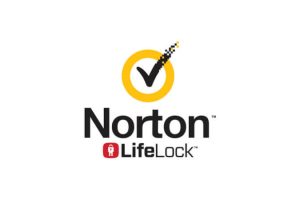Recently, due to the vast increase in at-home work settings over the past 18 months, there has been much discussion surrounding “The Future of Work”. Now that office workers have experienced more autonomy and flexibility under COVID, I don’t anticipate any rapid return to what existed prior to its implementation any time soon. Longer-term, I believe employers’ experiences at work could vary widely. Some employers may require their workers to return immediately, while others will remain remote for an indefinite amount of time; yet another group will attempt to strike an equilibrium between these options. Macroeconomic trends, personal opinions of leadership, employee demands and productivity levels all play into this battle. I couldn’t possibly foretell its outcome; all I can tell you is what I believe people want and my hope for the workforce based on my lived experience both inside the office and out now in early retirement.
Before working at COVID, I spent 16 years of my life in offices. For the first three years at a small non-profit I had my very own bedroom-sized office with its own door overlooking a stunning duck and goose-filled pond with an elaborate water fountain in its middle. There were common meeting areas and an occasional knock on an open door when shooting the breeze – an ideal physical working environment for me as an easily distracted introvert. Unfortunately there were no “work from home” days unless moderately ill or worse; still I didn’t much care at that point – just thankful to have my first legit post-grad job with its very own office!
MegaCorp, like many trendy, fast-growing high tech companies, herded all employees into an open floor setting. At first, each mini-team had its own large 4-person cubicle equipped with noise dampening walls up to our heads while sitting. Over time these walls were removed, leading to people sitting about 3 feet apart where a constant buzz of movement, chatter, phone conversations, and keyboard clicking could become deafening at times. When these walls came down I noticed my anxiety levels steadily increased while productivity dropped off significantly.
Open floors offer great potential in terms of creating an engaging work environment; however, research shows there is no concrete evidence supporting that claim; in fact open offices actually lead to 70% less in-person interactions (I can testify that mine were even worse!). Management appreciates open offices because office space costs can be kept to a minimum per head, and old-school ideas of how if everyone was chained together they’d become less fearful of judgment, more accountable, and ultimately more productive (new research shows otherwise). Whatever its intention though, open office environments often create 40+ hours of torture-inducing torture for introverts who require peace and quiet to focus.








+ There are no comments
Add yours